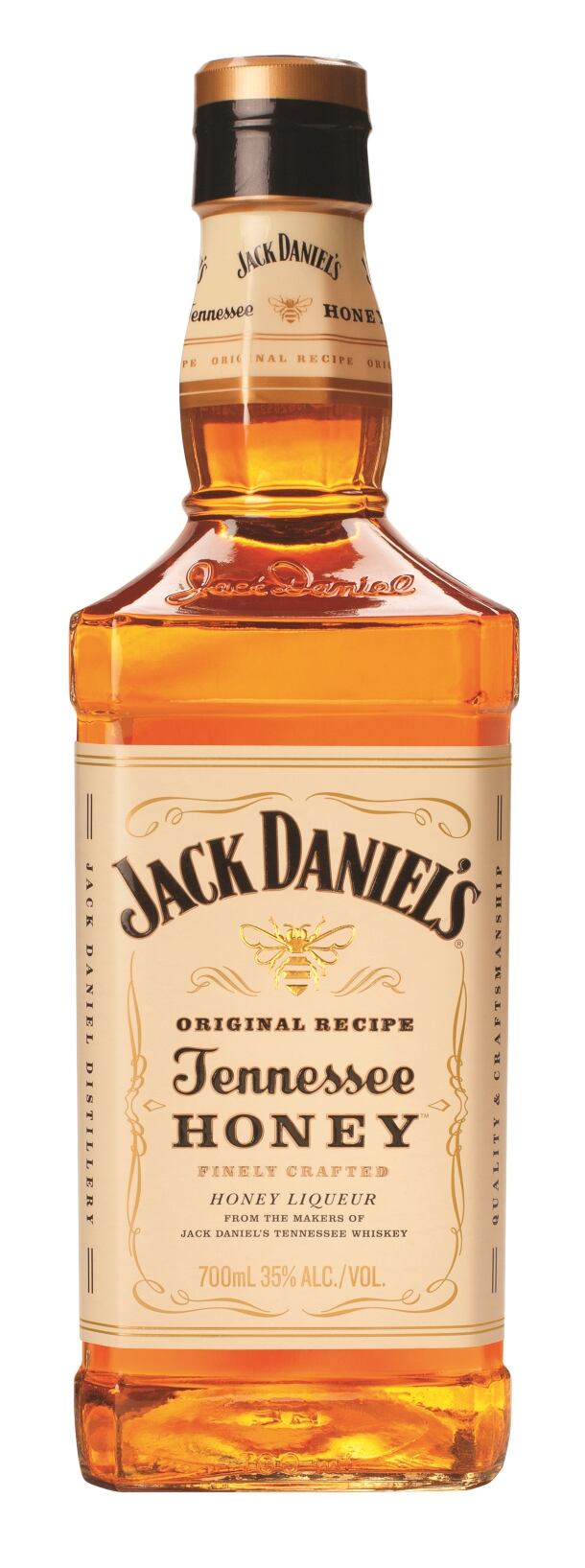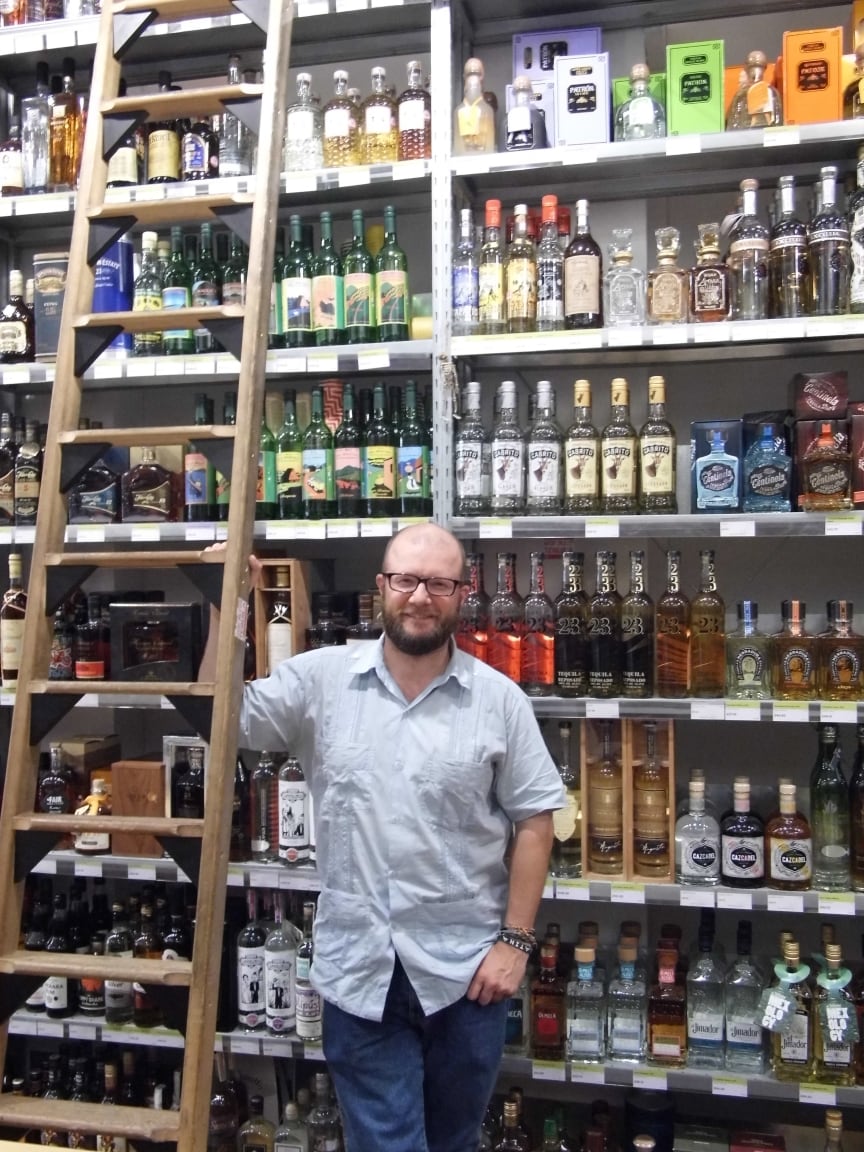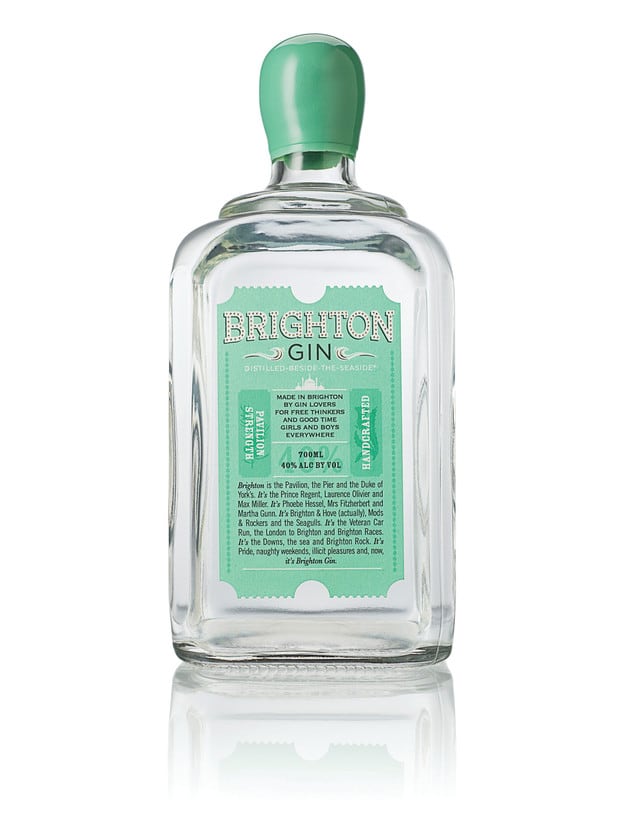The spirits sector is going from strength to strength in the UK with values and volume of sales both rising. As always though, things aren’t quite as they seem. Gone are the halcyon days of the pub when the backbar was very much secondary to the beer pumps, now choice is king.
The spirit market of today bears little resemblance to its progenitors of the eighties, nineties and early noughties. In the past the big boys dominated the trade, every back bar looked reasonably similar. Now the profusion of riches in the brands allows licensees a dizzying amount of choice when choosing their stock.
Premiumisation
By now you’re probably as sick to death of the word ‘premium’ as you are of ‘craft', but although both words are overused, both represent ongoing trends across the drinks industry. The premiumisation trend isn’t limited just to beer, but has established a firm foothold in the spirits category too.
Chris Wisson, senior drinks analyst at Mintel says: “Premiumisation part of a wider trend that we’re seeing in drinks as a whole, consumption per head is down and consumers are looking for quality over quantity. People aren’t flush with money and they’re drinking less, they have a fixed pot and they’re spending that, drinking less often and looking for better quality when they do drink.

“The term premiumisation has become very elastic; brands throw the word premium around so much it’s lost its meaning. It is interesting how consumers view premium, Jack Daniels does very well in the under-35’s because it’s perceived as premium, among the older drinks it’s far from being so.
“A lot of the premium brands like Grey Goose and several of the single malts are doing very well at the moment because they do a better job of convincing consumers it’s worth paying a bit more.
“Brands like Smirnoff do a really good job of bridging the gap; they have a premium image that’s driven by the packaging innovation and the flavoured offering, but the average price per litre of Smirnoff is not actually way above the other brands. They’ve done a really good job on convincing consumers they’re premium in other ways.”
Whisky

While spirits as a general category is enjoying good growth, with both value and volume up over 2% according to Mintel research, some spirit categories are doing better than others.
Wisson points to some whisky categories performing better than others: “Whiskies are doing well but the biggest category; blended is struggling. Some of the bigger brands are not doing so well and malts are picking up a lot of that slack. Single Malt sales are up between 7% and 8% in both value and volume and there’s also a growth in American and bourbon brands like Jack Daniels, and rye whiskies are doing a very good job.
“Those two categories are doing well by appealing to different ends of the age spectrum. Under 35’s are going for the brands like Jack Daniels, for example the honey liquor they brought out is driving growth there, whereas the purist older guys are going after the malts.”
Mezcal

One of the most noticeable new trends within the UK spirits market is the uptake of Mexican agave spirit Mezcal across the market.
Jon Anders Fjeldsrud, brand champion at Amathus Drinks says: “Mezcal is the big one. It happened almost overnight, two or three years ago no one had heard of Mezcal, now you can get it in bars all over the country.
"It taps into the same energy that gets people interested in whisky, as there’s so many different expressions out there. It’s a premium spirit, we sell small volumes but consistently, which is over the odds for a high price imported spirit.
“People will be willing to search out places that serve drinks that have that quality and authenticity. They are willing to learn, they read about something on the internet then they want to come to the bar and try some of the drinks they hear about, to experiment.”
Wisson agrees, adding: “Mezcal could be a really interesting trend because ultimately it perfectly taps into this quality over quantity trend, there’s a really big opportunity there. Pisco is also very well placed to grow, as a potentially new type of drink and it’s the same with cachaça, which has seen a lot of growth because it’s something new and consumers like to try things they haven’t tried before. These brands could see a lot of growth from a smaller base, but the interest is certainly there.
Made by the sea
Kathy Caton is one of the founders and distillers of Brighton Gin, which is the seaside cities first craft gin and is a prime example of a successful local craft spirit.
“It’s a fantastically interesting time and people have an interest in super-premium local microdistilled drinks that five years ago I would never have imagined. Consumers are really into things that are produced locally by hand on a micro scale. It seems contradictory because we’ve come out of a recession but people are willing to spend their money on something that they know the provenance of.
“A lot has been written about how gin has shaken off its fuddy duddy image, spearheaded by Hendricks, and people’s reactions to the craft end of the market are beyond what we would have thought. There seems to be a big growth in associations with place as well. There’s an Edinburgh Gin, a Brighton Gin and a Liverpool Gin too I think, I love things that are local, so I’m always trying to buy local, and it seems that if I feel like that, other people do as well.”
“Under-35’s in particular are really adventurous in their tastes and they want to experiment. That’s the overriding trend we’re seeing in the category at the moment is that brands are experimenting with flavour, because mixability is a very big factor.”
Local and Craft

The previous few decades have seen a consolidation of the spirits market with big brands dominating. However the explosion of the ‘craft’ movement has paved the way for smaller independent spirits to seize a growing corner of the market.
Wisson agrees that craft spirits are an emerging trend: “Locally produced brands will do very well, it taps into the craft movement that’s done so well in beer. Ultimately consumers want to feel like they’re supporting their local economy and local producers.
"Beer has led the way but gin is another brand that’s good for leveraging craft, for example Sipsmith’s who’ve broken through to the mainstream now because they’ve done such a good job of appealing to local consumers. I think we’ll see that continuing and although vodka has done it a little bit gin is really leading the way.”
A growth in regionally produced spirits could have a profound effect on the structure of our backbars, presenting an opportunity for enterprising licensees.
Fjeldsrud says: “Regional spirits are catching on, using better ingredients producing better quality niche products that are really cool and catch bartenders attention, which they then pass on to the customers. The big brands will always exist but I see them being used more on the speed rail and bottom shelf, we’ll see better more varied back bars appear more often.”
